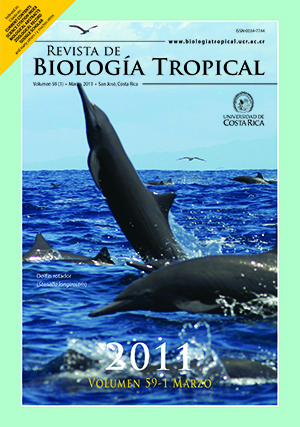Abstract
Hoplias malabaricus is a viable economic alternative for artisanal fishermen who used to live on the banks of rivers that now are dammed in Brazil. In order to preserve the species? natural stock, the main objectives of this study were to obtain bio-ecological information on this species reproduction, feeding dynamics and the description of the extent of its exploitation in river-reservoir transition area in Brazil. This way, from January to December 2005, different fishery catches were made with gill nets by artisanal fishermen, and a total of 426 individual H. malabaricus were obtained and sampled. From each specimen, the following biometric and biological data were analyzed: standard length, total weight, stomach contents, reproductive data such as sex, weight and gonadal maturation stage; with these data we estimated sex ratio, reproduction period and feeding habits. To assess growth parameters and infer on the degree of exploitation, the standard length frequency data were analysed using the FISAT (ELEFAN I) computer program. Data revealed a sex ratio of 0.8:1 (M:F), that reproduction occurs all year around, being more intense during spring and summer; it also showed that H. malabaricus is piscivorous. The growth parameters and mortality were estimated at: L8=35.18cm, k=0.32 year, longevity=9.3 years, Z=1.25 years, M=0.63 year and F=0.62 year. The weight-length relationship was: ln Wt=?3.1663+2.7456 ln Lp. The yield-per-recruit analysis produced the following values: E=0.496, Emax=0.916, E0.1=0.701 and E0.5=0.378. Overall, our data suggest that the stock of H. malabaricus is not yet overfished in the studied area. Rev. Biol. Trop. 59 (1): 71-83. Epub 2011 March 01.##plugins.facebook.comentarios##

This work is licensed under a Creative Commons Attribution 4.0 International License.
Copyright (c) 2011 Revista de Biología Tropical
Downloads
Download data is not yet available.






